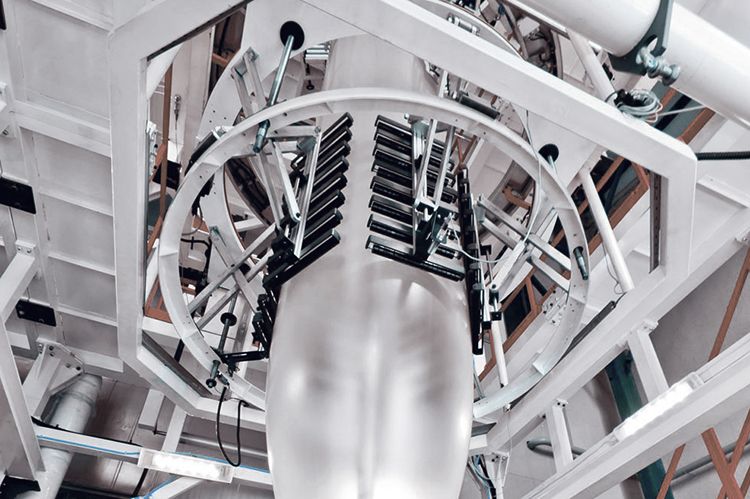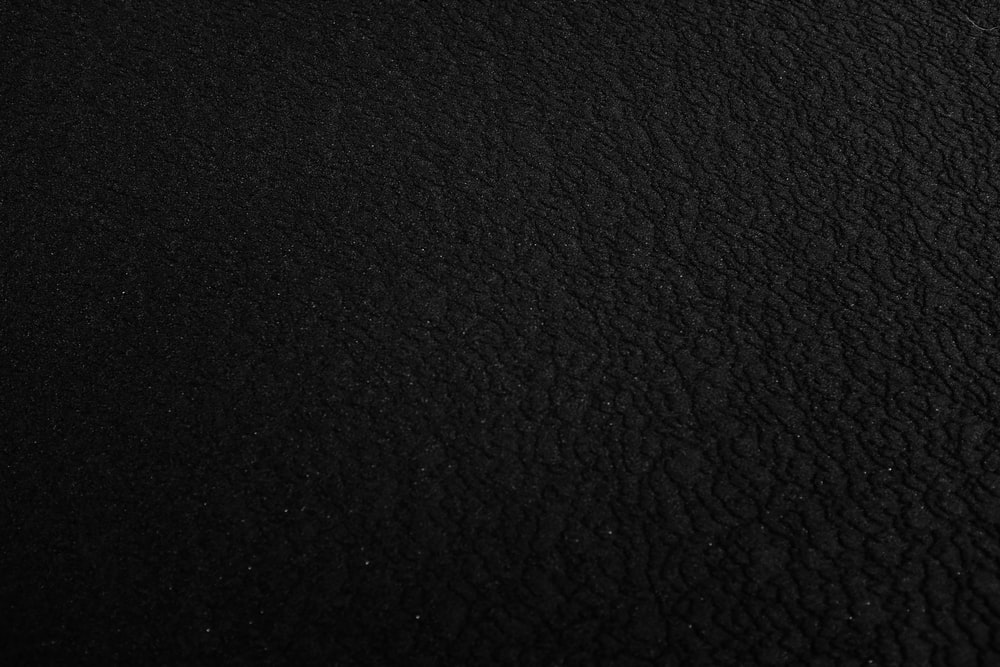Blown Film Extrusion
Blown film extrusion is the most common process used to make plastic films for the packaging industry. This process basically relies on extruding a tube of molten plastic and continuously „blowing” or inflating it several times to its original diameter to form a thin tubular film that can be used directly or cut to form another film.

Extrusion Process
The plastic melt is extruded through a die, usually vertically, to form a thin walled tube. Air is introduced through a hole in the middle of the head to blow up the tube like a balloon. To cool the film on top of the die, an air ring is installed that strikes the hot film to cool it. The film tube is then moved upward, cooled by air until it passes through a plurality of nip rolls where the tube is flattened to create a so-called „flat” film tube. Then, this flat tube is run back into the extrusion tower through more rollers. At the higher exit lines, the air inside the bubble is also exchanged. This is known as IBC (Internal Bubble Cooling).
The flat film is then either kept as such, or the edges of the strip are cut out to produce two sheets of flat film and wound onto spools. When stored as a web, flat film is made into bags by compaction across the width of the film and cutting, or perforation, for each bag. This is done either in conjunction with the blown film extrusion process or at a later stage.
Typically, the coefficient of expansion between the die and the blown film tube will be 1.5 to 4 times the die diameter. The subsidence between the thickness of the melt wall and the thickness of the cooled film occurs both in the radial and longitudinal directions and is easily controlled by the change in the air volume inside the bubble and the change in the exit velocity. This gives blown film a better balance of properties than traditional cast or extruded film, which is only stretched along the direction of extrusion.
These processes are both 3-layer and 5-layer films.
Materials
Polyethylenes (HDPE, LDPE and LLDPE), PP (polypropylene), PA (polyamide or nylon), EVOH (ethylene vinyl alcohol copolymer). In some cases, these materials are incompatible, so the multilayer film will delaminate. To overcome this, small layers of special adhesive resins are used between the layers, so a technique of 5 or more layers is required.
Application
Blown films can be used either in the form of a tube (for example, for plastic bags), or as a tube cut to form a sheet. This process finds application in all top areas including the packaging industry (e.g. shrink wrap, stretch wrap, bag wrap), consumer packaging (frozen food wrap, shrink wrap for transport packaging, food wrap film, packaging bags, filling and sealing film), laminating film (for example, laminating aluminum or paper used for packaging, such as milk or coffee), barrier film (for example, film from raw materials such as polyamides and EVOH, acting as an aroma or oxygen barrier used for food packaging such as cold meat and cheese), films for packaging medical devices, agricultural films (for example, greenhouse films, films, silage films, silage stretch films).

